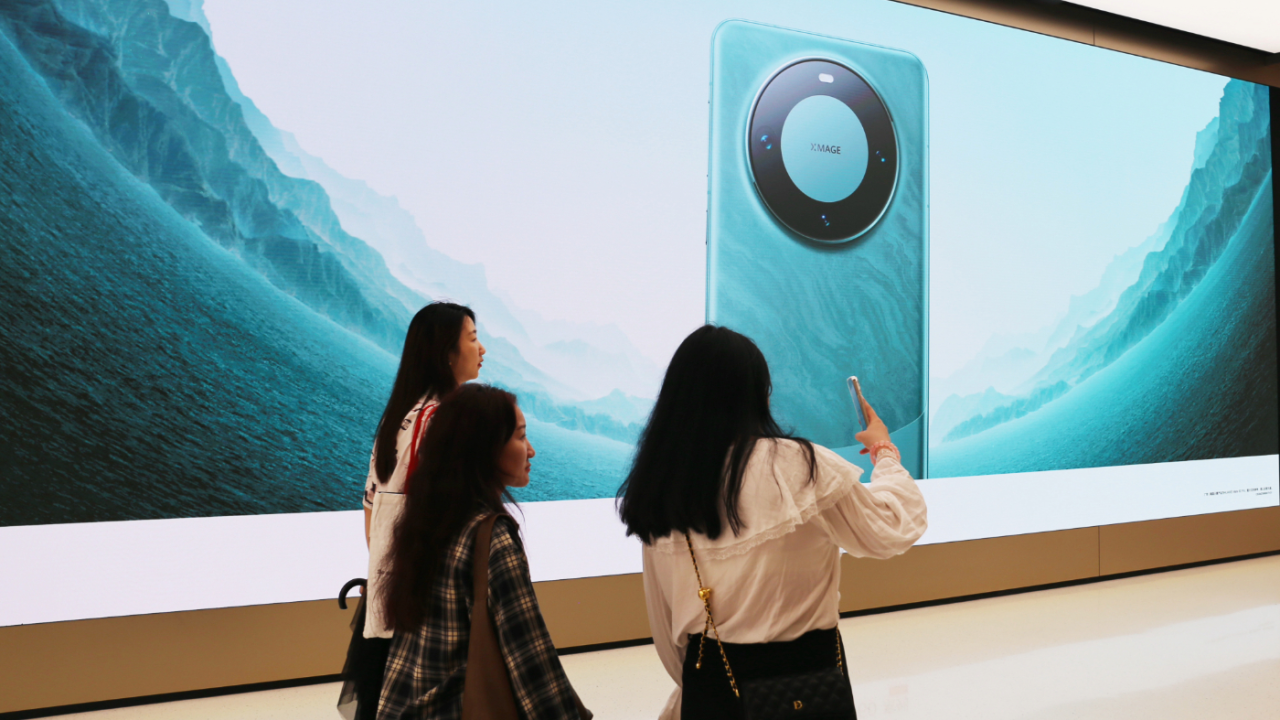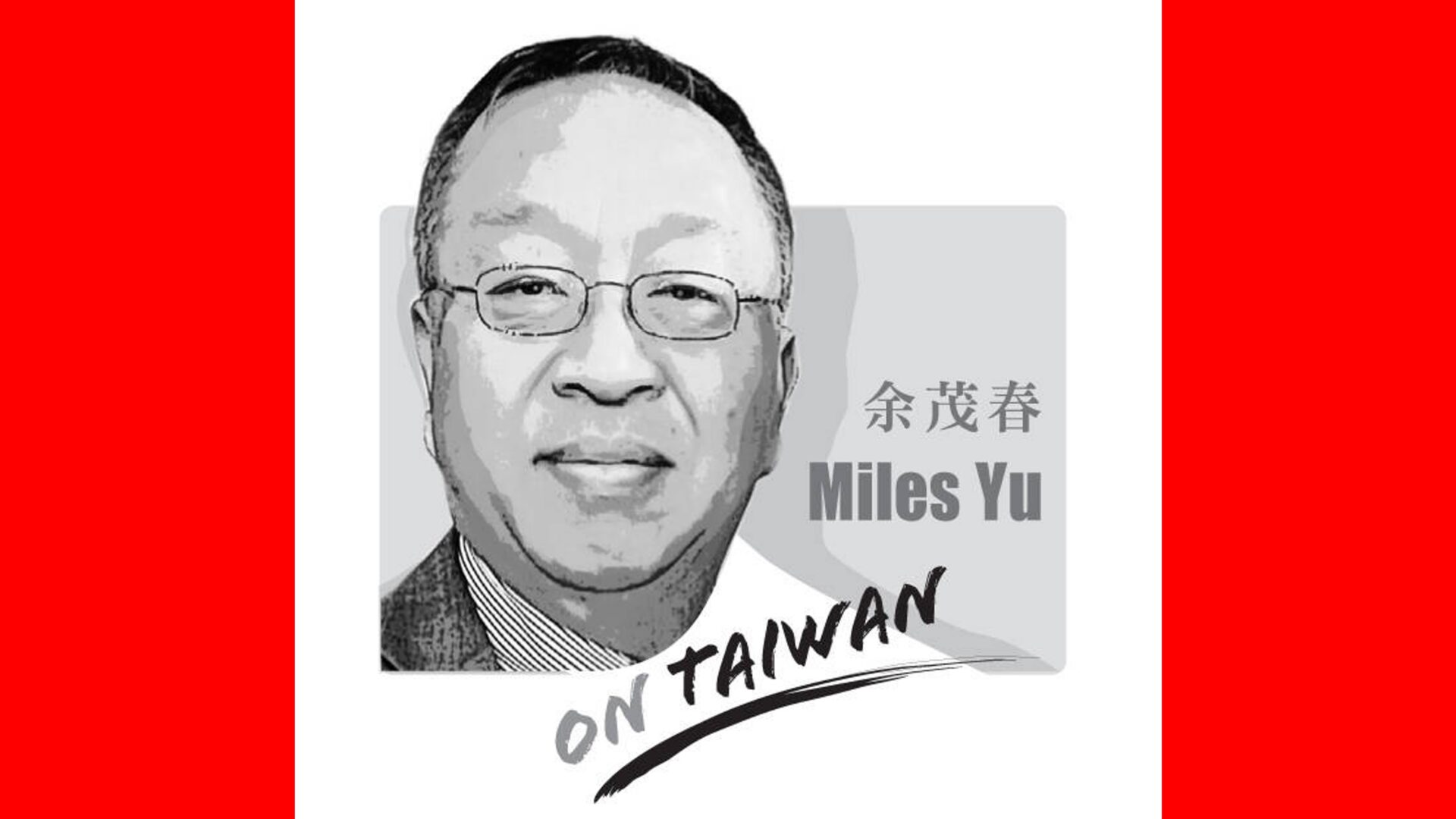
Magical math and Chinese subsidies don’t diminish Huawei’s threat
The Hill
08.16.24Huawei has been mounting an aggressive campaign to convince the world that sanctions against it haven’t worked and have actually strengthened its ability to compete.
The Wall Street Journal recently published an article reporting on the remarkable revival of China’s “national champion” titled: “The U.S. Wanted to Knock Down Huawei. It’s Only Getting Stronger.” But the numbers the company has been reporting just don’t add up.
Moreover, Huawei’s track record of intellectual property theft and its leading role in creating the Chinese Communist Party’s (CCP) global surveillance state further underline why this company can’t be trusted.
Undisputed numbers show that the telecom equipment behemoth abruptly lost about $30 billion annually in revenue following the efforts by the United States and its allies to block high-risk equipment from being deployed into national telecom networks.
This program, part of the Clean Network campaign, rallied 60 countries and more than 200 telecommunications companies to only use trusted 5G vendors, preventing the CCP from compromising security or inserting itself into the vital supply chain of communications networks. The U.S. also placed Huawei on the Commerce Department’s entity list, preventing it from sourcing vital chips and other technology from American companies.
It’s no surprise that Huawei responded aggressively, scrambling to increase sales within China and find domestic alternatives to vital inputs. But the claims of resurgent performance and nearly instant replacement of the sophisticated hardware and software inputs from the U.S. are dubious at best, especially when the source of the information cited in the recent Wall Street Journal article and elsewhere is Huawei’s own assertions.
Huawei has suddenly been forced to find alternatives for Intel and Qualcomm chips, critical for the world’s best smartphones. Many chips compete for share in this space, but if China had been able to develop a near match, they would have done that long ago. The country’s “Made in China 2025” plan committed more than $1.7 trillion over a decade to creating such capabilities by next year.
As the input ban took effect, the country was still reliant on the U.S. to supply sophisticated chips. And China’s new OpenHarmony platform can’t match the dominance or performance of the Android or iOS platforms, with their massive libraries of applications.
The reality is that a global ecosystem of trusted partners can develop better solutions than a government-led crash program to operate independently.
Likewise with the hasty introduction of Huawei’s domestically-sourced Mate 60 Pro smartphone. Initial assessments of the internal technology raise serious questions about whether this is even a true 5G chipset, able to work at the speeds needed to deliver world-class features. Just as important, the chip solution isn’t viable if China can’t produce it in volume and at cost.
When a $130 billion hardware and software vendor loses nearly a third of its revenue, there are consequences. The abrupt revenue decline brings staff cuts, exited product lines, reduced R&D, and slashed investment.
Despite a $30 billion drop in revenue, Huawei reports remarkable results: hiring new staff, expanding R&D and entering new businesses (like electric cars), all while reporting positive cash flow and strong profits.
This is possible only with external intervention on a massive scale. Three billion dollars in government assistance for R&D over three years would provide trivial benefit to a program budgeted for over $60 billion during that period. Without the revenue the company had been enjoying, it is impossible to continue full-cost operations without tens of billions of dollars a year of government aid. This is unsustainable in competitive global markets — at least in business terms.
If the Chinese government decides to preserve Huawei at all costs, the implications are that China will have to pour tens of billions of dollars into this one company to maintain its size and reach. And that is consistent with the view that Huawei is a lot more than an industrial “national champion” for China; it is a tool of foreign policy and geopolitical influence. The money spent on propping up Huawei can best be compared to Defense and Intelligence budgets.
Huawei’s history of intellectual property theft is well-documented. The company and its U.S. affiliate have been indicted for theft of trade secrets, wire fraud and obstruction of justice, among other charges.
Huawei has repeatedly been accused of dubious ethics and strong ties to Beijing’s intelligence agencies. These practices have not only harmed U.S. companies but also pose significant threats to global security.
U.S. policymakers view Huawei as a commercial extension of the CCP, designed to further the Chinese government’s strategic objectives under the guise of a private enterprise. Huawei’s role in creating a surveillance state in China is undeniable, with its technology used to monitor and suppress dissent. This practice is especially widespread in Xinjiang as part of the CCP’s genocide of the Uyghur people. Huawei’s technology is used for surveillance outside of China as well.
The broad support for the Clean Network around the world underscores a critical global consensus: Once installed, untrustworthy equipment undermines the integrity of communications and data and places supply chains under the unpredictable control of the CCP. The programs to restrict Huawei are not intended to gain commercial advantage — they are essential for secure communications, free from China’s interference.
Beijing’s efforts to prop up Huawei with extensive state support may temporarily stave off the company’s decline, but no amount of financial maneuvering can restore the trust it has lost. Nor can subsidies revive its international strength.
The U.S. must persist in its campaign against Huawei, recognizing it as an arm of the CCP and a significant threat to both global economic stability and national security.
Keith Krach is the co-founder and chairman of the Krach Institute for Tech Diplomacy at Purdue University. He previously served as undersecretary of State and chairman and CEO of DocuSign and Ariba. Jonathan Pelson is the author of “Wireless Wars: China’s Dangerous Domination of 5G and How We’re Fighting Back.”
Related Posts

article
The Era Of ‘Tech Diplomacy’ Is Here
Technology is the new frontier of international relations. The interaction is bi-directional: technology is defining diplomatic matters while diplomacy is also influencing the development and deployment of technology. Take semiconductors as an example. This is a technology that forms the foundation of digital economy, national security, and productivity in almost all industries. Global supply chain in the semiconductor industry is shaping U.S. foreign policy. Conversely, America’s diplomatic effort has been redefining the supply chain. Tech diplomacy is different from science diplomacy, which became a key pillar for the U.S. and other countries since World War II. Scientists participated in treaty negotiations, engaged in bilateral summits and served as attachés at embassies. Primary topics included nuclear proliferation, super-collider construction, human space exploration and environmental science.

By: Miles Yu
article
Miles Yu On Taiwan: China’s lessons—and fears—from the Wagner revolt in Russia
For over a century, tumultuous events thousands of miles away in Russia have impacted China profoundly. Mao Zedong (毛澤東) famously said that the cannon sound of the October Revolution brought Marxism-Leninism to China. Now Xi Jinping (習近平) fears that last month’s Wagner revolt may provide a model for the Chinese Communist Party’s undoing.